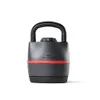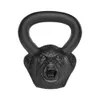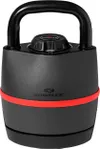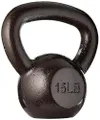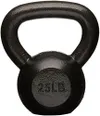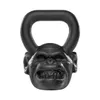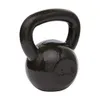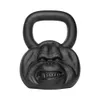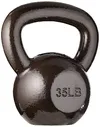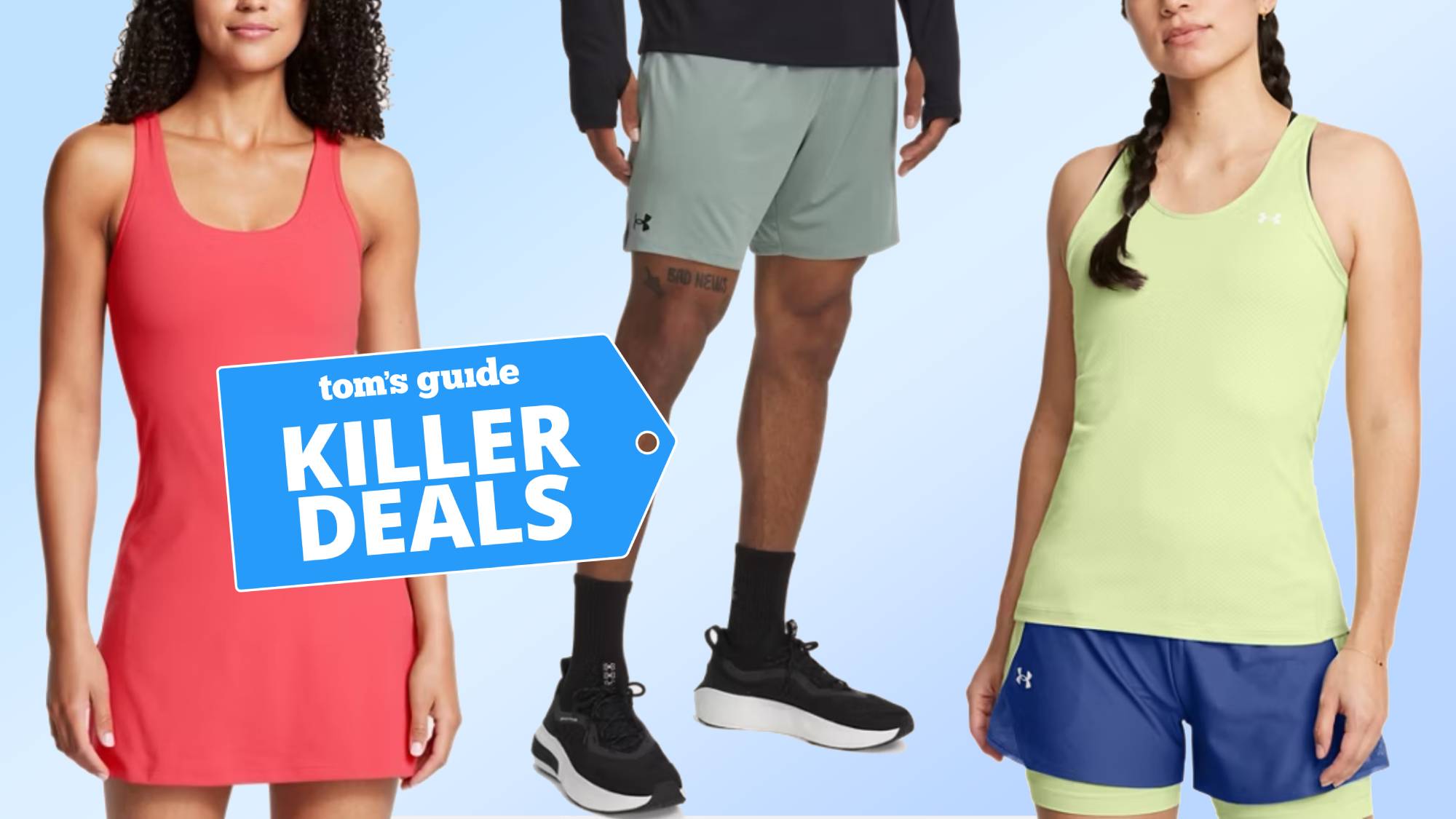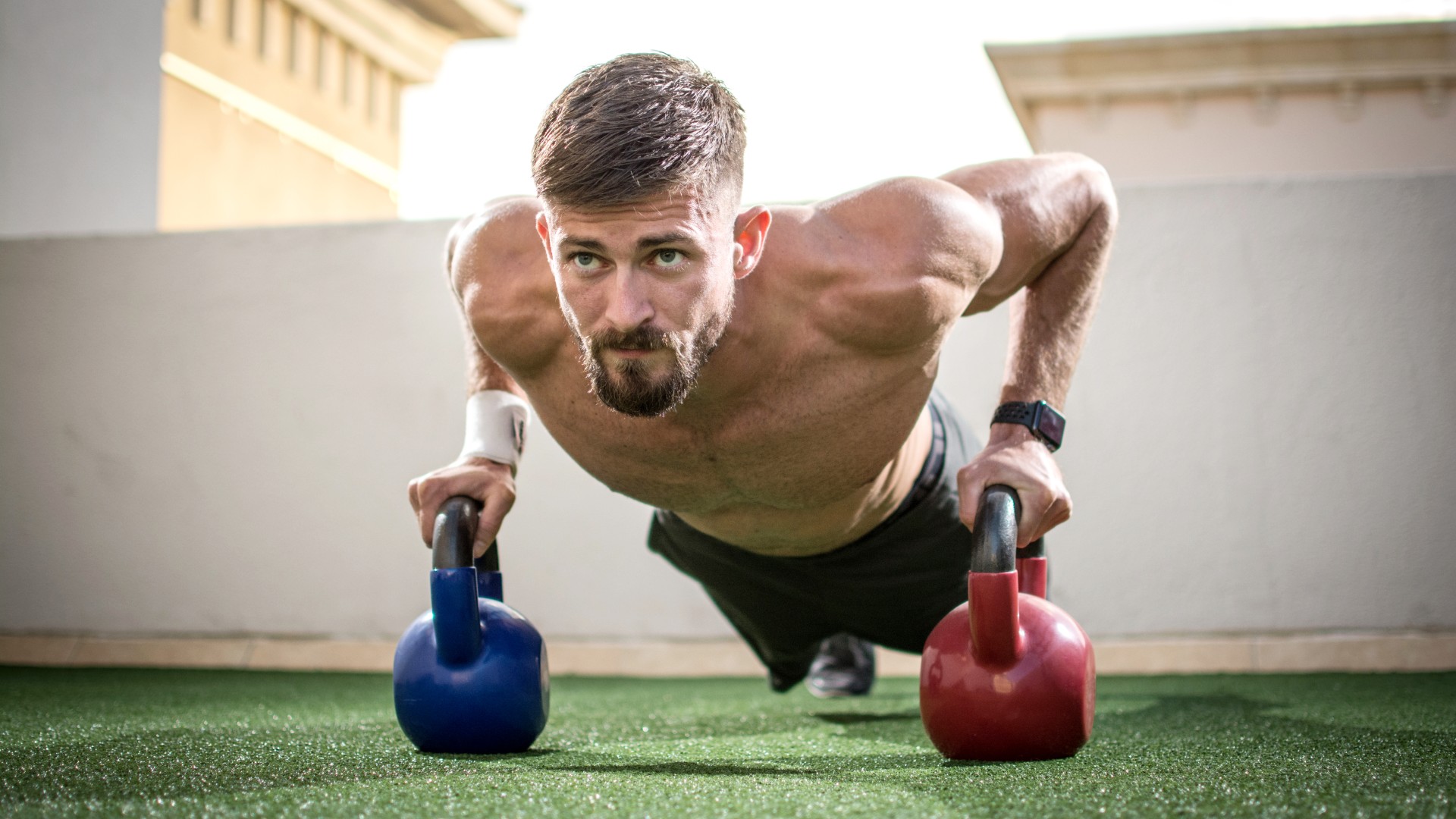
Grab a kettlebell and try these five exercises for a muscle-torching full-body workout with barely any equipment.
Kettlebell training packs many benefits for your body, including better stability, mobility, coordination and balance, plus strengthening and building muscles. The best kettlebells for weightlifting also provide versatility, helping you to hit your exercise mat for upper or lower-body workouts, ab exercises, or full-body conditioning. However you enjoy doing your workouts, kettlebells have you covered across all bases.
Below, we cover the five kettlebell exercises in more detail, plus some trainer tips on maximizing your time with the bell and squeezing the most out of each move. Let’s get started.
Watch Michael Vazquez’s 5-move kettlebell workout
In the words of fitness YouTuber Michael Vazquez, “It’s time to get to work.” Vazquez recommends kettlebells if you want to combine strength and cardio and you’re looking for compact, affordable and portable workouts. Check out the video below to see each exercise in more detail, then take a look at some of our tips.
Halo to squat: 12 reps x 4 sets
Combining kettlebell halos and squats targets most of your major muscle groups, including your upper back, chest, arms, shoulders, core muscles, glutes, hips and legs. Keep your torso braced and spine neutral throughout, focusing on controlling the halo in both directions before hitting the squat. Forget half or quarter reps — sit your bum down until your thighs reach parallel to the floor, find depth at the bottom of the squat position, and drive powerfully through your heels to stand.
Complete 12 reps and 4 sets.
Squat hold reverse lunges: 30 seconds x 3 sets
From a squat position, stay low to the ground, then move into reverse lunges. Hold the kettlebell by the horns in front of your chest, elbows bent, and ensure your back knee reaches the floor during the lunge without leaning too far forward with your torso. A slight lean can help engage the glutes if you struggle to recruit them during leg exercises, but avoid compensating with your lower back by hunching.
Sign up to get the BEST of Tom's Guide direct to your inbox.
Get instant access to breaking news, the hottest reviews, great deals and helpful tips.
Complete 30 seconds for maximum reps and 3 sets.
Kettlebell swings: 20 reps x 3 sets
The kettlebell swing recruits muscles from head to toe, including your shoulders, arms, lower back, glutes, hamstrings, hip flexors and core muscles. It’s a hip-hinge movement, so avoid squatting and keep a soft bend in your knees while you swing. Your back should remain flat as you powerfully drive the weight to shoulder height, squeezing your glutes as you extend your hips.
Complete 20 reps and 3 sets.
Squat press: 12 reps x 4 sets
You could opt for 12 reps per arm for 4 sets or split your reps 6 and 6. Rack your kettlebell to the shoulder, sit deep into a squat, then drive up to stand. Perform the press, locking the elbow out at the top and keeping your arm close to your head, punching the bell overhead in line with your wrist and shoulder. Keep the weight distributed through your midfoot and heel.
Loading one side of your body increases the demand on your core, challenging stability, balance and coordination. If you have a weaker side, you’ll soon find out. Choose a weight you can lift with good form on both sides.
Complete 12 reps and 4 sets.
Kettlebell push-ups: 45 seconds x 3 sets
Narrowing your grip will emphasize your triceps, similar to a diamond push-up. Lower your chest to the kettlebell and keep your hips aligned with your shoulders without dropping them or pushing your bum into the air.
We recommend learning how to do a push-up before trying this variation, and you could also practice walking push-ups for an extra challenge, walking one hand onto the kettlebell at a time. Drive your elbows back without flaring them outward, and drive through your chest as you push the kettlebell away.
Complete 45 seconds and 3 sets.
Trainer notes
Keep your rest periods brief to maximize time under tension (how long your muscles stay under contraction). You can perform the moves as a circuit and adjust the sets to keep the intensity high or play it “typical” of a resistance session by completing the reps and sets for one exercise before moving to the next, resting between sets and ticking exercises off one by one.
Choose a medium to heavy kettlebell. If you have an adjustable kettlebell, you can scale up and down accordingly, but if you’re working with one weight, you’ll need a weight that allows you to transition between the upper and lower body without losing your form to hit the given reps.
More from Tom's Guide
- Forget sit-ups — you just need a pair of dumbbells and 6 moves to sculpt your abs
- Forget the gym — build full-body muscle at home with 2 dumbbells in just 25 minutes
- Forget the gym — you just need a kettlebell, 4 moves and 20 minutes to build muscle all over

Sam Hopes is a level 3 qualified trainer, a level 2 Reiki practitioner and fitness editor at Tom's Guide. She is also currently undertaking her Yoga For Athletes training course.
Sam has written for various fitness brands and websites over the years and has experience across brands at Future, such as Live Science, Fit&Well, Coach, and T3.
Having coached at fitness studios like F45 and Virgin Active and personal trained, Sam now primarily teaches outdoor bootcamps, bodyweight, calisthenics and kettlebells.
She also coaches mobility and flexibility classes several times a week and believes that true strength comes from a holistic approach to training your body.
Sam has completed two mixed doubles Hyrox competitions in London and the Netherlands and finished her first doubles attempt in 1:11.
